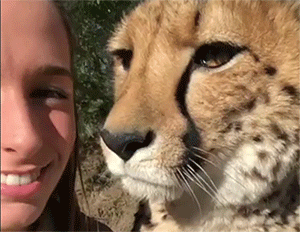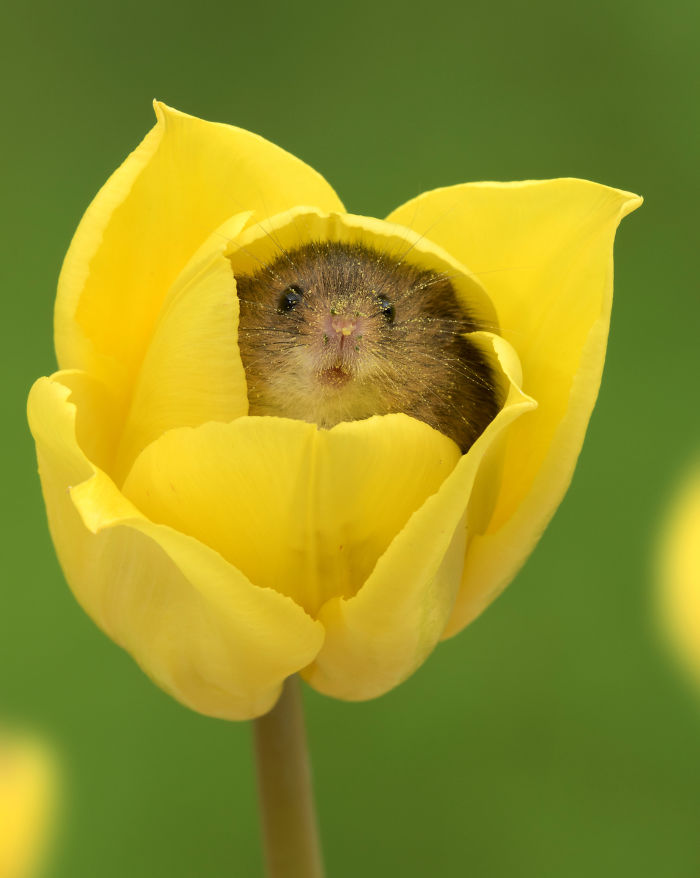Post by Souriquois on Apr 7, 2018 22:32:52 GMT -4
Got in a debate on ABF, because well, racists usually like to use dog breeds as a justification for why some human groups can be better or more intelligent that others. I said this cannot be true, because dog breeds were largely created by humans (via inbreeding) and hence are not naturally occurring variations, and also a good example of why eugenics is a very bad idea (purebred dogs have lots of health problems). I said, if any animal variation could be compared to that of humans, it would be domestic cat breeds, because, while yes, some cat breeds were created by selective breeding by humans, naturally occurring cat breeds still exist. Not just that, but different cat breeds are still very similar, like humans. Look different, but mostly the same behavioural traits. South Asian breeds are believed to be most intelligent, but it seems that this is based on the subjective opinions of cat owners, not any scientific research. I would safely assume selectively bred (inbred) cats would be less intelligent and indeed Persians and related breeds, among the most inbred, are at the bottom of cat intelligence rankings.
Anyway:
Bayesian clustering of cat breeds. Clustering of breeds at K=17 and K=21 as calculated with SNPs and STRs respectively. Each column represents an individual cat. The y-axis represents Q, or the proportional estimate of genetic membership to the given cluster (K). Each K cluster is indicated by a unique color.

Principal coordinate analysis of cat breeds and worldwide random bred cat populations. Colour shades indicate the population membership of the respective random bred populations as determined by Kurushima (2011). Green, European or European-derived; light blue, Eastern Mediterranean; dark blue, Egypt; purple, Iraq/Iran; light pink, Arabian Sea; dark pink, India; light orange, Southeast Asia; dark orange, East Asia; white, pedigreed breed groups. a) SNPs as calculated by Reynold’s genetic distance (Reynolds et al. 1983); b) STRs as calculated by Nei’s genetic distance.

Here is something interesting about cats: the Fst between different cat breeds appears to be lower than that between different human ethnic groups in many cases:

You can find pairwise Fst data of cat breeds here.
However, this thing about cat breeds showing a lower fixation index than different human ethnic groups, kind of throws a curve ball in my thinking about "race". Basically, the genetic distance between most breeds of domestic cats is lower than the genetic distance between a "white" person and a "black" person.
But still, like humans, cat breeds aren't all that different in characteristics besides looks:

Anyway:
Bayesian clustering of cat breeds. Clustering of breeds at K=17 and K=21 as calculated with SNPs and STRs respectively. Each column represents an individual cat. The y-axis represents Q, or the proportional estimate of genetic membership to the given cluster (K). Each K cluster is indicated by a unique color.

Principal coordinate analysis of cat breeds and worldwide random bred cat populations. Colour shades indicate the population membership of the respective random bred populations as determined by Kurushima (2011). Green, European or European-derived; light blue, Eastern Mediterranean; dark blue, Egypt; purple, Iraq/Iran; light pink, Arabian Sea; dark pink, India; light orange, Southeast Asia; dark orange, East Asia; white, pedigreed breed groups. a) SNPs as calculated by Reynold’s genetic distance (Reynolds et al. 1983); b) STRs as calculated by Nei’s genetic distance.

Here is something interesting about cats: the Fst between different cat breeds appears to be lower than that between different human ethnic groups in many cases:

You can find pairwise Fst data of cat breeds here.
However, this thing about cat breeds showing a lower fixation index than different human ethnic groups, kind of throws a curve ball in my thinking about "race". Basically, the genetic distance between most breeds of domestic cats is lower than the genetic distance between a "white" person and a "black" person.
But still, like humans, cat breeds aren't all that different in characteristics besides looks:

 Playing the Race Card
Playing the Race Card










